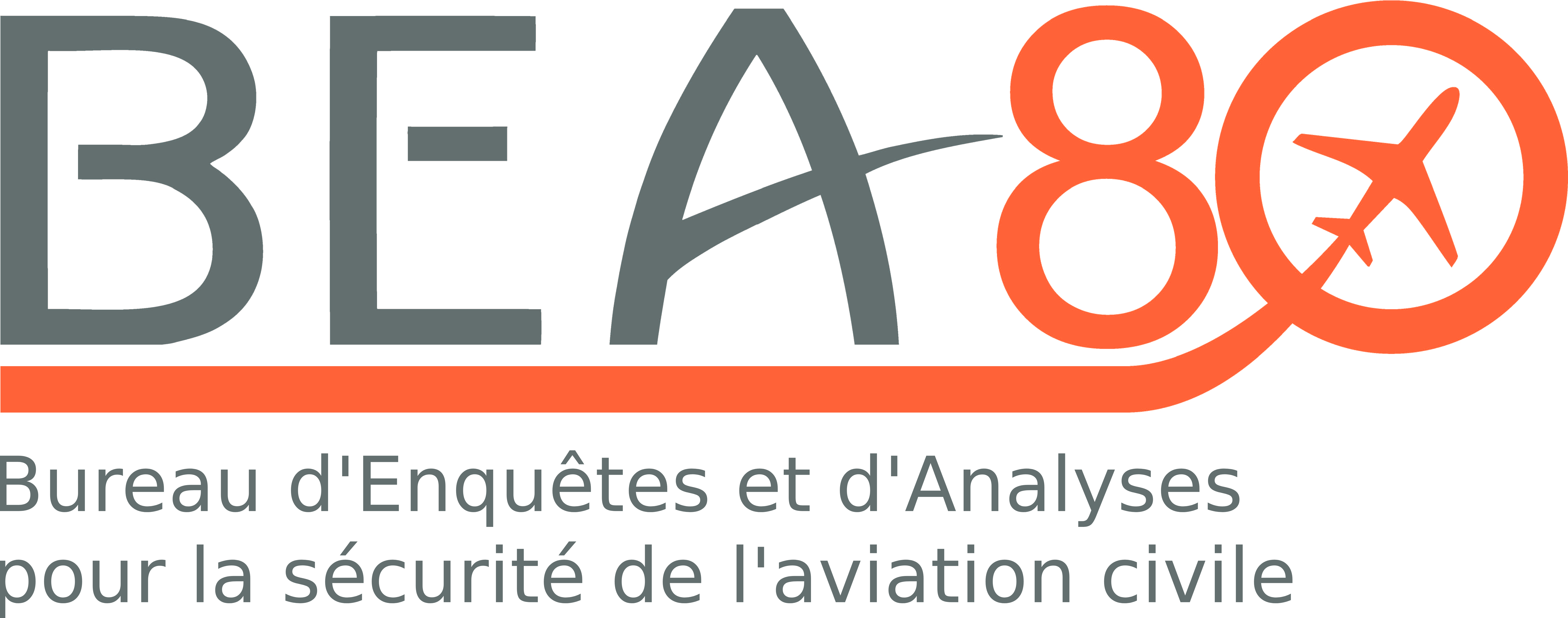Accident to the Socata -TB20 registered F-GKVZ on 17/11/2018 at Pleslin-Trigavou (Côtes d'Armor)
Collision avec la végétation puis la surface de l'eau, lors d’une approche de non précision, sans référence visuelle extérieure
The occupants of the aeroplane departed from Laval, where the aeroplane was based, on a flight to Dinard without any imperative to get there and with no particular time constraints. They had known each other for several years and flew together regularly.
The meteorological conditions in Brittany were improving after a cloudy morning, especially in Laval, which was accessible. However, there was still a layer of cloud over the Dinard sector.
The co-owner in the right seat was in charge of radio communications throughout the flight. Because of his position in the aeroplane, it is likely that the co-owner in the left seat was pilot flying for a large portion of the flight.
On making contact with the Rennes approach, the air traffic controller gave clearance for an RNAV 35 approach. The pilot in the right seat read back correctly without requesting an alternative to this procedure, even though neither pilot was trained for this type of operation. The investigation was unable to determine whether they were following the GNSS approach and not the VOR approach.
When the pilot began his final descent, the aeroplane drifted to the left of the centreline, possibly due to the wind or heading drift caused by the position of the directional gyroscope mode selector switch. The aeroplane was at that point high on the glide path.
About two minutes later, at an altitude of about 1,500 feet, the aeroplane entered the cloud layer. The pilot appeared to be correcting the deviations from the centreline and the glide path. The aeroplane was at that point close to the published flight path. At the same time, the controller gave his clearance for landing.
The investigation was unable to determine precisely what happened between that moment and the moment the aircraft hit the treetops.
As the aeroplane came out of the cloud layer, there was not enough height available to avoid the collision with the trees.
It could not be established with certainty who was flying the aeroplane during this phase of the flight. Assuming that the co-owner in the left seat was the pilot flying, the lack of an IFR rating meant that the necessary guarantees that the approach could be flown without external visual references were not present. Assuming that the co-owner in the right seat was the pilot flying, his limited recent experience, particularly in flights without external visual references, and his position in the aeroplane made it difficult to perform a stabilized approach. Furthermore, since he was not trained in approaches using RNAV/GNSS, conducting such a procedure could have considerably increased his workload.
The investigation was unable to explain the position of the FREE/SLAVE selector.


